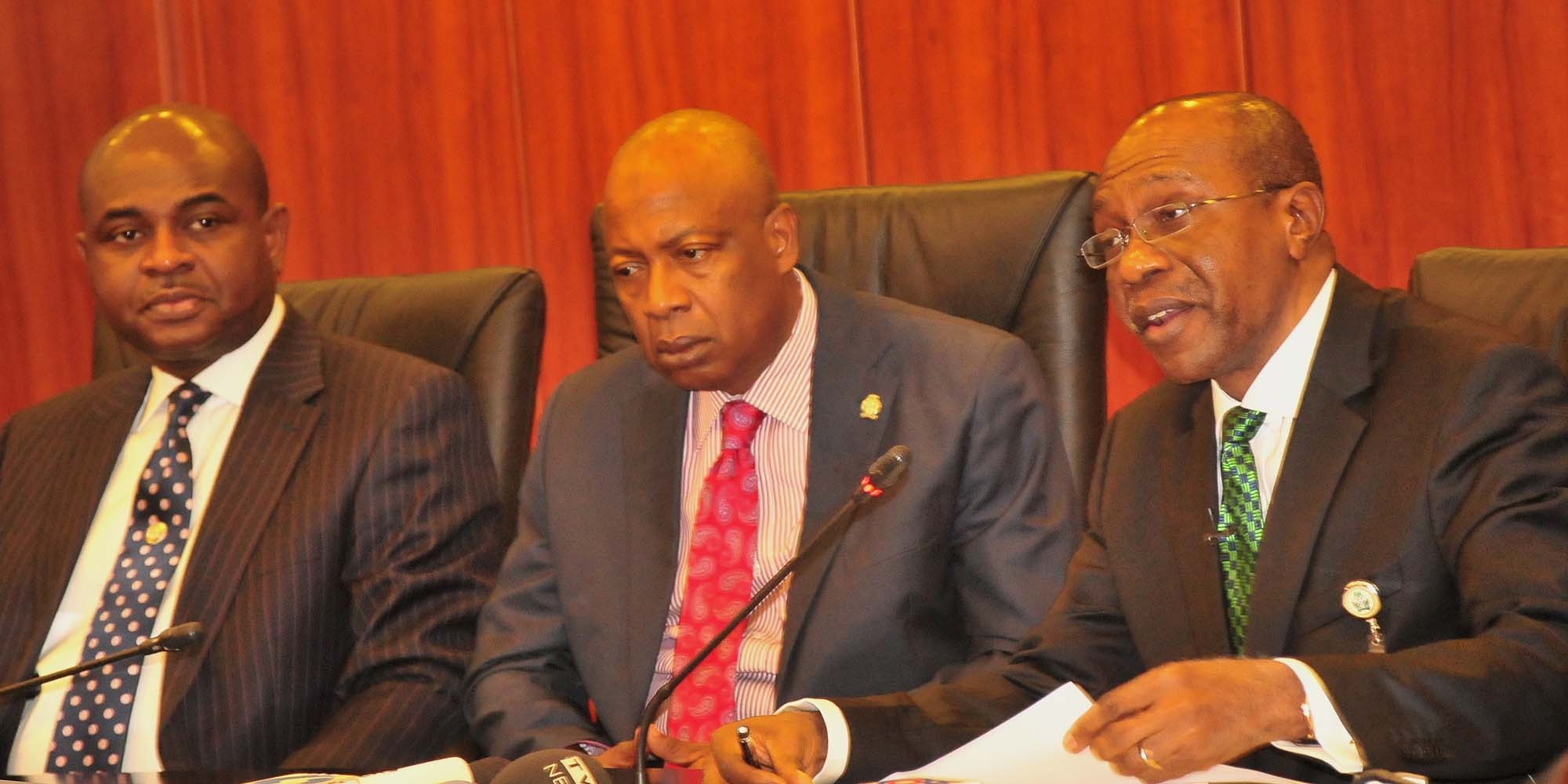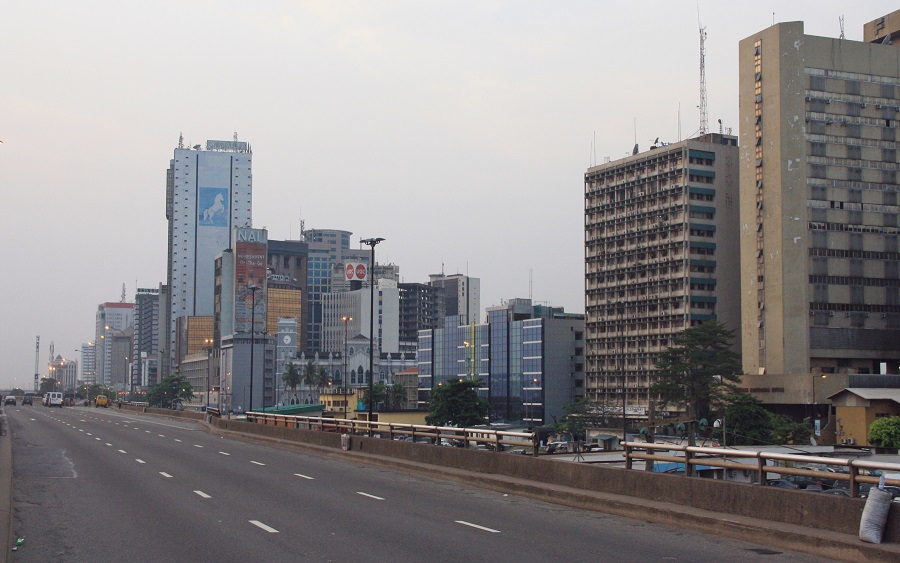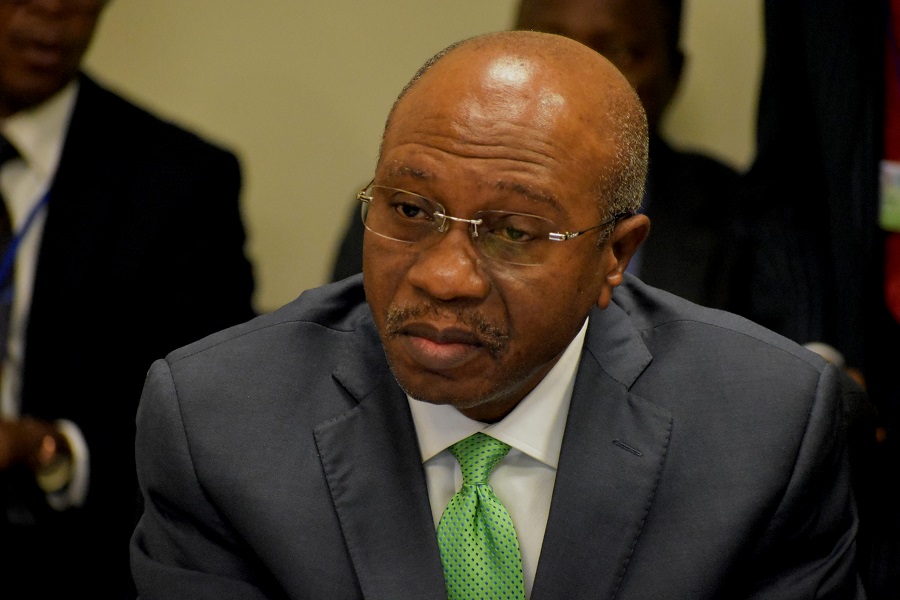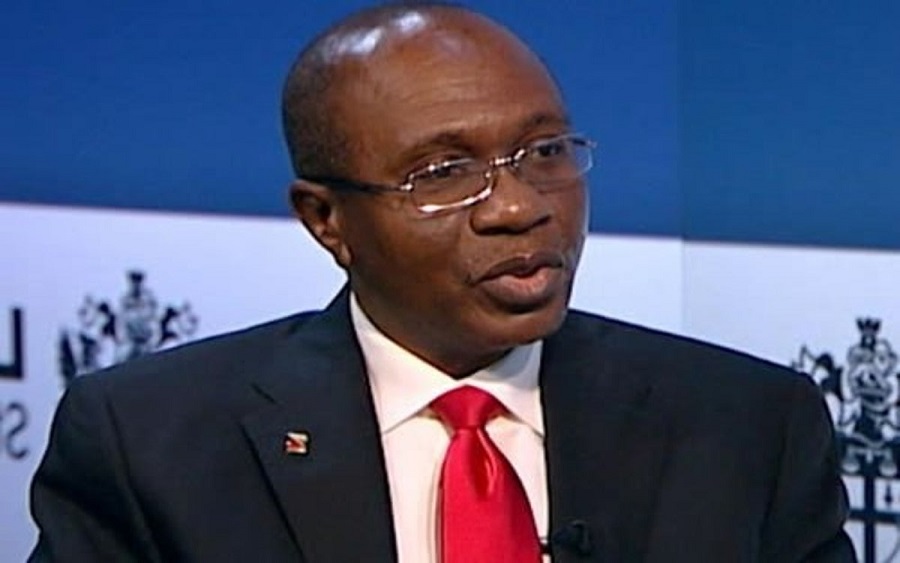The Monetary Policy Committee of the CBN concluded its much followed meeting on Tuesday subsequently releasing its communique. They key decisions following were as follows;
The Committee’s Decisions In consideration of the underlying fundamentals of the economy, particularly the declining output growth, rising unemployment, evolving international economic environment as well as the need to properly position the economy on a sustainable growth path, the MPC decided by a vote of 7 to reduce the Cash Reserve Requirement (CRR) from 31 per cent to 25 per cent while 3 voted to hold. By a unanimous vote, the MPC voted to retain the MPR at 13 per cent.
In summary, the MPC voted to:
(i) Reduce the CRR from 31 to 25 per cent
(ii) Retain the MPR at 13 per cent
(iii) Retain the symmetric corridor of 200 basis points around the MPR
(iv) Retain the Liquidity Ratio at 30 per cent
What it means for CRR to be reduced.
The CRR is an acronym for Cash Reserve Requirement. It is the ratio of customer deposits that the banks are not supposed lend out. For example, if banks hold N100 billion in private sector deposits, it will have to keep N25 billion of that money aside leaving only N75 billion available for lending.
Therefore, the more banks have available for lending the more businesses have funds to invest in their business, hire more people, and contribute to the larger economy. Typically, the Central Bank increases or decreases the CRR depending on how the trajectory it has set for the economy. Increasing CRR means the CBN wants to tighten liquidity and reduce lending whilst reducing CRR means the reverse.
In this case, the CBN decision was based on the fact that banks have now been told to return all government money to the Treasury Single Account thus affecting the liquidity of banks. Recognising the danger this may cause for the economy the CBN therefore decided to give banks more room to lend by reducing CRR.
CBN originally increased the CRR when it felt the need to control the depreciation of the naira. It believed that there was so much Naira in circulation chasing dollars and decided to raise the CRR.



















